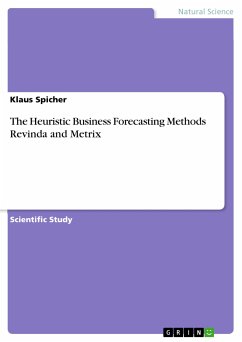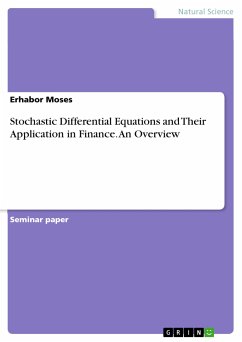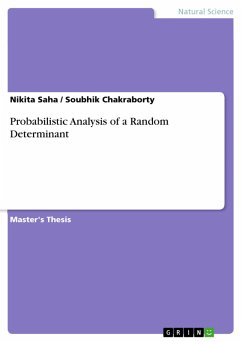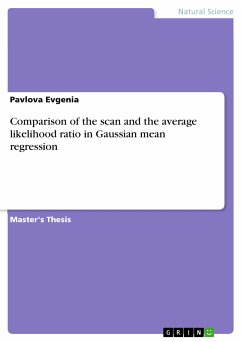Seminar paper from the year 2002 in the subject Mathematics - Stochastics, grade: 1,3, Maastricht University, course: Data Analysis for Managers, language: English, abstract: Forecasting is one of the mayor issue in today’s business world. Whether it concerns the economic situation, stock prices, or production levels, a glance into the future would be very valuable. By excluding uncertanties, expenses can be saved and revenues be generated. Unnecessary or too little inventories, capacity standing idle or being short, missing raw materials or too many employees are just some of the situations, which lead to lower profits. Hence, perfect forecasts would be worth a lot of money. But, as the expression states, a “perfect forecast” is a paradox, since the future will stay uncertain till the moment, where it becomes the present. As the American philosopher Eric Hoffer once stated: “The only way to predict the future is to have the power to shape the future”, which would take place in the present. The one chance we have in making inferences about the future, is to incorporate logic, intuition, and experience into models, which will then - if we are lucky, that isproduce more or less accurate forecasts. Forecasting, if pursued by professionals, relies mainly on past data, since those are the most reliable source of unbiased information. Applying econometric models will then lead to results, which can be tested for their stability and for reliability, especially when compared to actual data. This procedure will be presented during the following paragraphs with the help of an example, namely the number of cars produced in Germany every month. I chose this data set out of two reasons. Firstly, these industry is one of the most important industries within the German economy, and secondy, my professional engagement with a car-producing company provides my with some insight into the industy.








